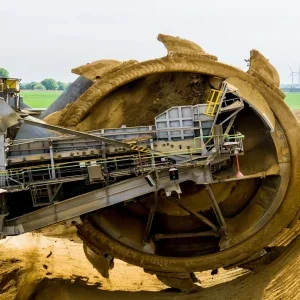 The team, which includes MIT postdoc Xiao-Yu Wu and Ahmed Ghoniem, the Ronald C. Crane Professor of Mechanical Engineering, has designed and developed the new method based on membrane-based system.
The team, which includes MIT postdoc Xiao-Yu Wu and Ahmed Ghoniem, the Ronald C. Crane Professor of Mechanical Engineering, has designed and developed the new method based on membrane-based system.
The membrane-based system is designed for converting power plants’ CO2 emissions into useful fuels, which can be used for cars, trucks, and planes.
According to the researchers, the system can also convert CO2 into chemical feedstocks for a wide variety of products.
The system features a membrane, which is made of a compound of lanthanum, calcium, and iron oxide and is said to be 100% selective for oxygen.
Featuring perovskite structure, the oxygen-permeable membrane allows oxygen from a stream of CO2 to migrate through to the other side, leaving carbon monoxide behind.
The resulting carbon monoxide can be used directly as fuel or be combined with hydrogen and/or water to make many other liquid hydrocarbon fuels as well as chemicals including methanol, syngas, among others, the researchers said.
MIT said: “The separation is driven by temperatures of up to 990 degrees Celsius, and the key to making the process work is to keep the oxygen that separates from carbon dioxide flowing through the membrane until it reaches the other side.”
The team also noted that the new method, which has potential to work with any level of CO2 concentration, could produce another revenue source.
Shell Oil and the King Abdullah University of Science and Technology have funded the project.
Image: MIT’s new method can convert carbon dioxide into useful compounds. Photo: courtesy of Massachusetts Institute of Technology.






